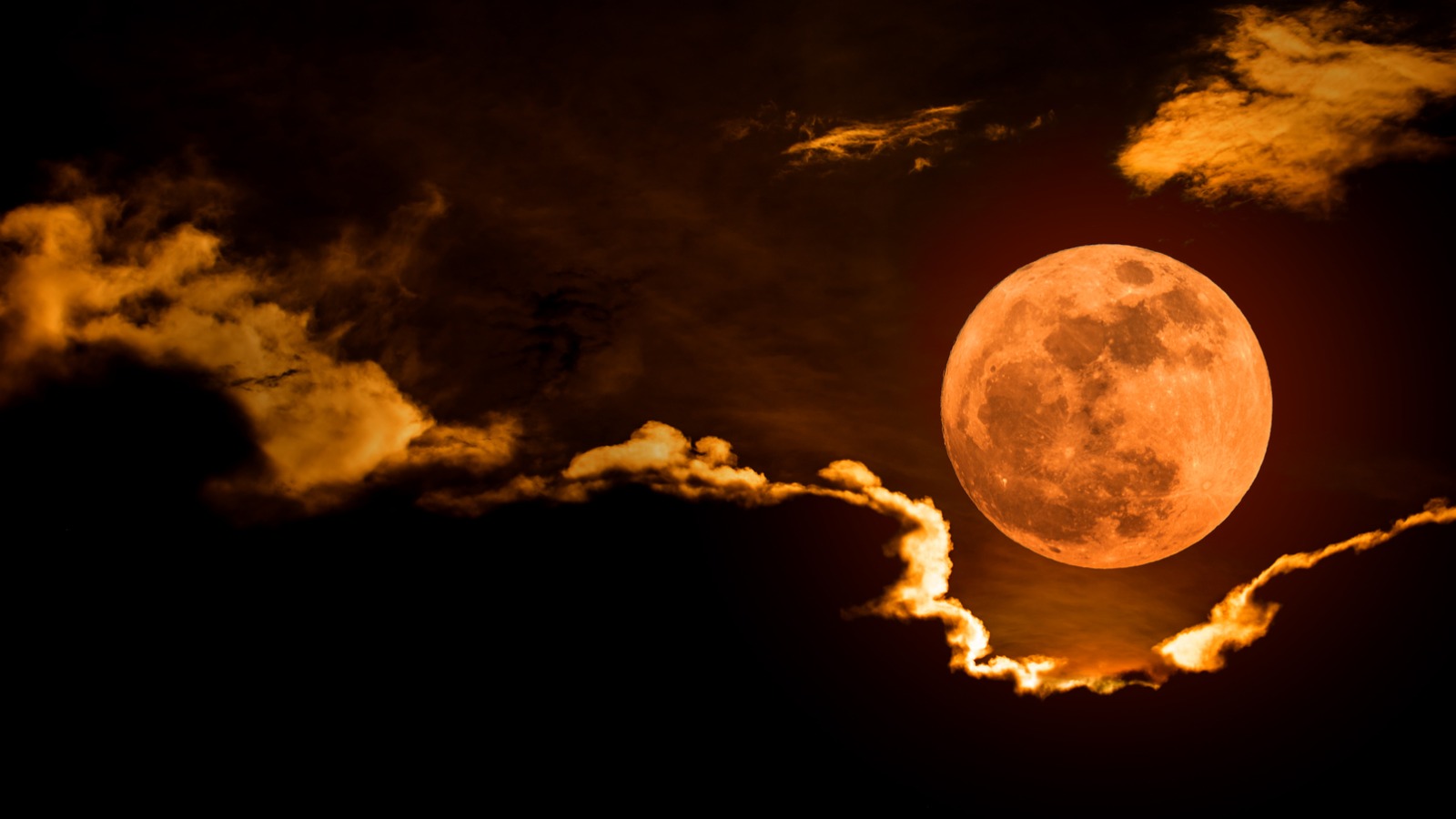Whether you are an avid stargazer or not, the thought of being able to witness something that only happens “once in a blue moon”, will have you casting your eyes to the stars tonight. But what is a super blue blood moon and why is it so exciting? Will it be worth waking the kids at 10.48pm?
Prime position
Australia is in the prime position to witness the first total lunar eclipse since 2015. Cloud cover permitting we will anyway! Western Australia will have the prime position for the spectacle – sending clear sky vibes their way so that the people covered with clouds can catch a glimpse of the spectacle.
What makes a blue moon?
Tonight’s eclipse is falling on the second full moon of this month – which is referred to as a “blue moon”.
So… what’s a super blue blood moon?
Well, Blue Bloods is about Tom Selleck, he is the police commissioner in New York and his family are either all cops or lawyers and they have lunch together every Sunday!
Wait …wrong…back to astrology.
A blood moon is simply an eclipse. The super blue blood moon is not a measly partial eclipse but a total lunar eclipse where the Earths shadow falls across the Moon, totally blocking out light from the sun.
When eclipsed the moon will appear a coppery red colour. This is the colour created as the sunlight passes through the Earth’s atmosphere to illuminate the Moon.
This one is a little extra special as the last lunar eclipse, supermoon and blue Moon occurring together was in 1866.
Is the moon closer to Earth?
While this lunar event has been called a super blue blood moon – it is not truly super. The moon was actually closest to Earth last night. The eclipse comes a day after the Moon orbited its closest path to Earth. The moon will appear to be quite large but it is simply a visual illusion that makes objects on the horizon appear much larger.
What to expect
Starting from 10.48pm you should expect…cloud cover pending… to see the shadow slowly begin to engulf the moon until it is completely covered.
The beautiful coppery red will begin to appear when it is totally covered. It is expected to last for an hour.
| Partial eclipse begins | Total eclipse begins | Maximum eclipse | Total eclipse ends | Partial eclipse ends |
| 10:48 PM | 11:52 PM | 12:30 AM (Feb 1) | 1:08 AM (Feb 1) | 2:11 AM (Feb 1) |
- thanks to www.abc.net.au for the data
Don’t freak out – you can look at the eclipse
So…if you can see it through a break in the clouds, the super blue blood moon is completely safe to look at. It is a total lunar eclipse not its more retina damaging cousin, the solar eclipse.
You will be able to see the lunar eclipse with the naked eye. No telescopes required.
Good luck – let’s hope the clouds give us a glimpse!
